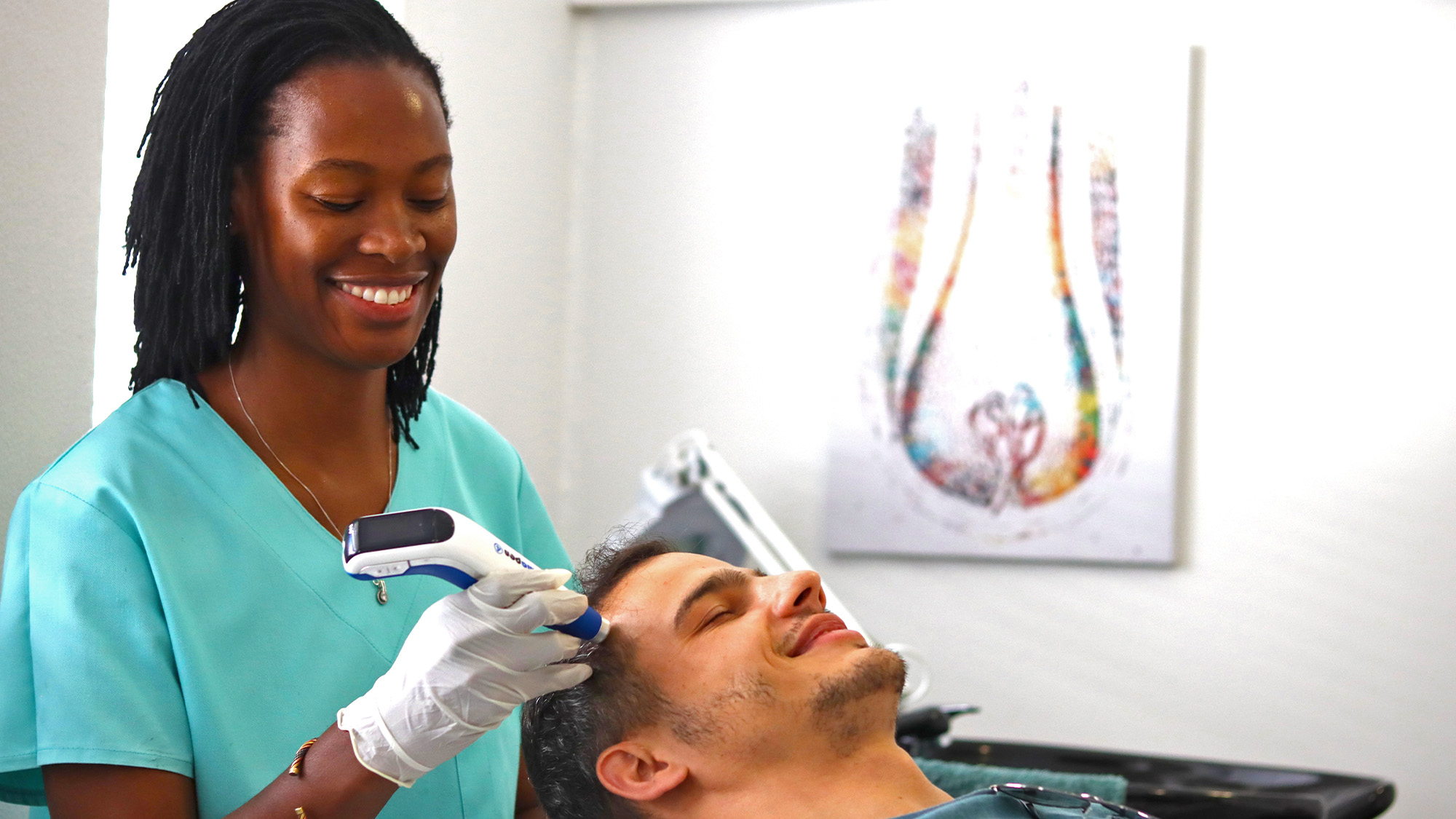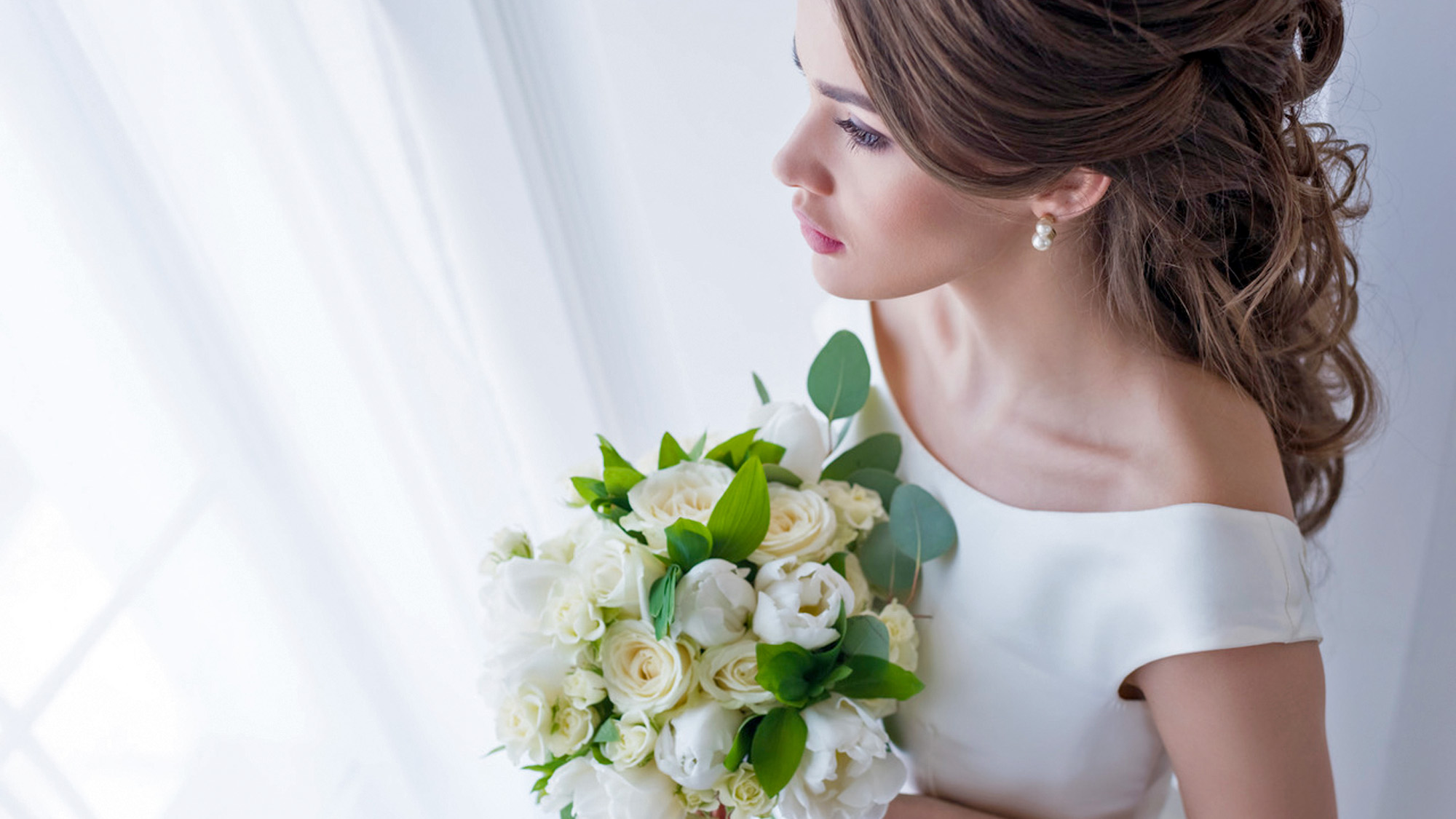In the quest for healthy, vibrant hair, many individuals turn to protective hairstyles as a reliable solution.
- Protective hairstyles are generally designed to protect the hair from factors that can lead to damage, such as environmental elements, manipulation, and excessive styling.
- However, their effectiveness can vary depending on factors like installation, maintenance, and individual hair care practices.
- Trichologist Rhulani Hlabana of The Hair Rejuvenation Centre sheds some light on the advantages and disadvantages of this popular choice.
- Visit www.sandtontimes.co.za for more stories.
These styles, ranging from braids to twists, serve as a shield against environmental factors, reducing hair manipulation and minimizing the risk of breakage. Trichologist Rhulani Hlabana of The Hair Rejuvenation Centre, specialising in offering a comprehensive range of cosmetic procedures, treatments, and aftercare solutions specifically designed for hair loss prevention and restoration, catering to both men and women, emphasizes the importance of considering various factors when deciding on a protective hairstyle. Here are 16 Crucial Considerations For Protective Hairstyles:
Advantages of Protective Hairstyles:
- Versatility: Protective hairstyles offer a broad range of options, allowing individuals to experiment with different looks while safeguarding their natural hair.
- Reduced Manipulation: These styles minimize the need for constant styling and manipulation, reducing the risk of breakage and damage to the hair.
- Moisture Retention: Protective styles help retain moisture in the hair by minimizing exposure to environmental elements, crucial for maintaining healthy, hydrated strands.
- Length Retention: By keeping the ends of the hair tucked away, protective styles contribute to length retention and prevent split ends, promoting overall hair growth.
- Low Maintenance: Protective hairstyles are generally low maintenance, making them suitable for individuals with busy lifestyles who may not have time for frequent styling.
- Reduced Heat and Chemical Usage: Since protective styles often eliminate the need for heat styling and chemical treatments, they can protect the hair from damage caused by excessive use of these styling methods.
- Time-Saving: These styles can save time in the daily hair care routine, as they don’t require daily styling or extensive maintenance.
- Sun and Weather Protection: Protective hairstyles shield the hair from the sun’s harmful UV rays and other weather-related stressors, preventing environmental damage.
- Retained Hair Elasticity: By reducing stress on the hair shaft, protective styles help maintain the natural elasticity of the hair, reducing the risk of breakage.
- Cultural Expression: Many protective styles have deep cultural significance, allowing individuals to express their identity and heritage through their hair while still prioritizing its health.

Disadvantages of Protective Hairstyles:
- Tension and Pulling: Some protective styles, particularly tight braids or twists, can lead to tension and pulling on the hair, potentially causing breakage or even traction alopecia.
- Scalp Issues: Wearing protective styles for extended periods may contribute to scalp issues such as itching, dryness, or flakiness, especially if proper care and maintenance are neglected.
- Weight of Extensions: Adding extensions for certain protective styles can put strain on the natural hair, potentially causing breakage, especially if the extensions are too heavy.
- Limited Access to Scalp: Some protective styles tightly cover the scalp, limiting access for proper cleansing and moisturizing, which can lead to hygiene issues and potential scalp irritation.
- Allergic Reactions: Products used can sometimes cause allergic reactions or irritation, impacting the health of the scalp.
- Limited Breathability: Styles that cover the entire head may limit airflow to the scalp, potentially leading to heat retention and discomfort.
When done correctly, protective styles can provide benefits like reduced breakage, length retention, and minimized exposure to harsh elements. It’s essential to note that improper installation, excessive tension, or neglecting maintenance can counteract the protective benefits and potentially lead to damage.
Therefore, choosing a suitable protective style, following proper installation procedures, and maintaining the style appropriately are crucial for ensuring its protective nature.
Protective hairstyles can be a valuable tool in maintaining healthy and beautiful hair. By weighing the advantages and disadvantages and taking necessary precautions, individuals can enjoy the benefits of these styles while minimizing potential risks. Ultimately, a thoughtful approach to protective hairstyles can contribute to the overall well-being of your hair, allowing it to thrive and flourish.
The Hair Rejuvenation Centre, based at the Premier Health Centre in Blairgowrie, operates with a team of highly skilled medical professionals who have undergone extensive training in Turkey, bringing unparalleled expertise and advanced techniques to South Africa, striving to empower clients in rediscovering their natural, vibrant hair.
For more information, visit The Hair Rejuvenation Centre website.
Stand a chance to WIN with The Sandton Times.
Advertise on The Sandton Times today!
Head back to The Sandton Times Home Page for more stories.

![sandton-hair-rejuvenation-centre-safak-rhulani-habana-001-[2000×1125] Hairstyles](https://sandtontimes.co.za/wp-content/uploads/2024/02/sandton-hair-rejuvenation-centre-safak-rhulani-habana-001-2000x1125-1.jpg)










